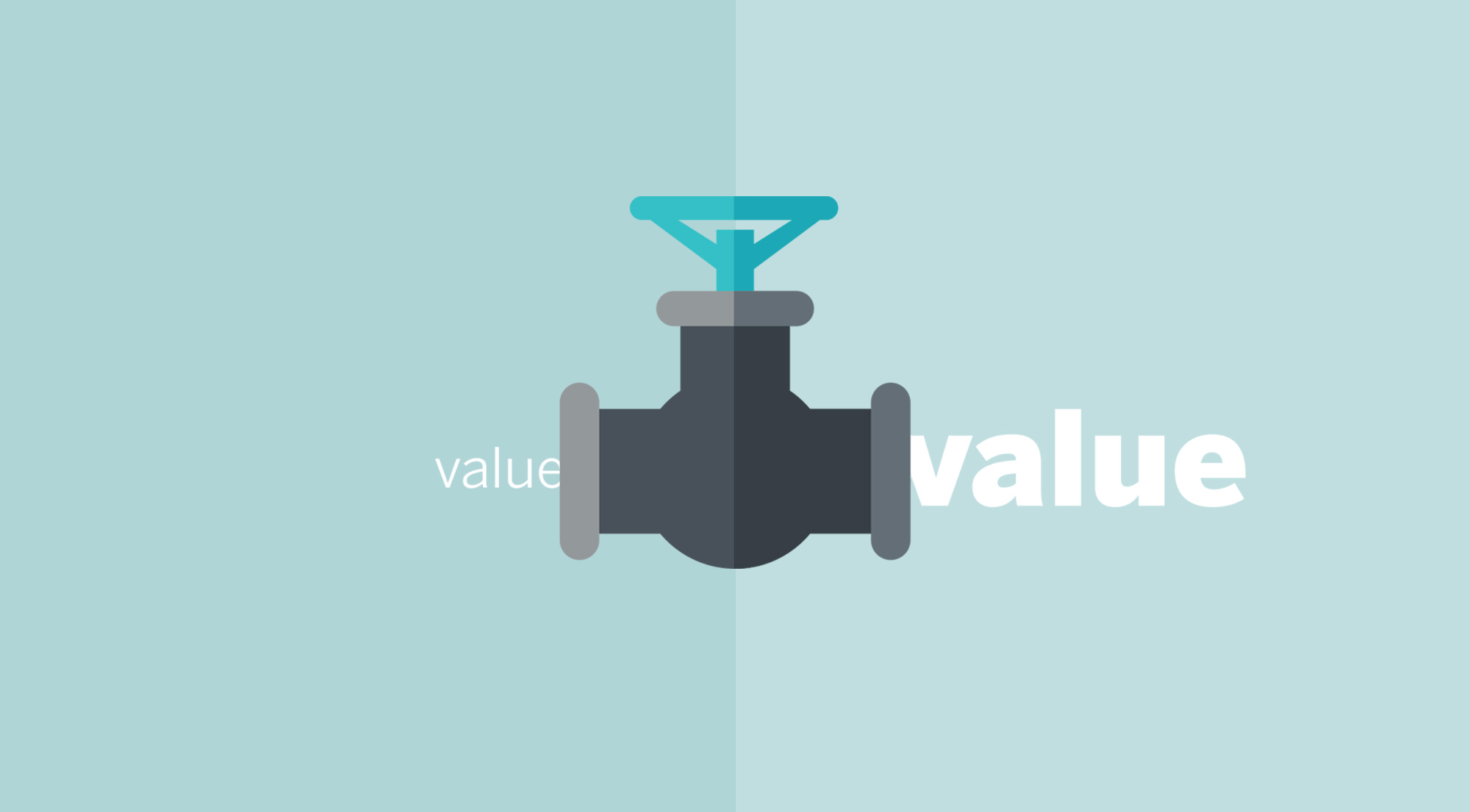Value In, Value Out: How to Approach Marketing
Marketing today is about exchanging value.
Businesses are constantly wondering how they can make their brand stronger, and how design and marketing can make their product or service preferred against competitors.
If you want happy, loyal customers that love your brand to the point that the brand itself becomes a barrier to competition – the way to do it is by creating value.
Business relationships can be summed up as an exchange of value. Customers are willing to pay a price for your product or service, but the value they get from using that product needs to be higher than what they are willing to pay.
This is true universally, from buying groceries to hiring law firms. Value, and getting the most of the stuff people buy, is what drives decisions. People need to feel that whatever they are buying is “worth it”.
The Value of Service
Of course, value isn’t always monetary. Value can be measured by emotion. People find value (and are willing to pay more) for good experiences. This is where service comes in, and where hundreds of successful brands across multiple categories have staked their claim. Enterprise Rental Cars have built an reputation on service, going above their competitors with the mantra of “We’ll pick you up.”
Nordstrom department stores have set the standard in customer service and continues to be the place where customers prefer to shop, even though they might pay a little more than other department stores. Little details make a big impact for Nordstrom, simple things like when asked by a customer where something is in the store, a Nordstrom employee will rarely point, choosing instead to walk the customer to what they are looking for.
At the point of purchase, Nordstrom employees will walk around the counter to hand you your bag. And if you call the store, expect the phone to be answered on the second ring.
Also, Nordstrom’s has one of the best, no questions asked return policies of any department store. These little, simple details add up to a level of service (and barrier to competitors) that customers are willing to pay more for. The value Nordstrom service adds makes it worth it.
Increasing Your Value
You might look at examples like Nordstrom and Enterprise and think your business is too different to relate. Maybe you’re a B2B brand, a professional services business, or in healthcare. You might feel that your product, customer base, and sales cycle aren’t comparable to a more mainstream, commercial environment. Or that your industry “doesn’t work the same way”.
Well, you’re probably right – and that’s the beauty.
If you’re in a space where it is not the norm to add tremendous value to the customer experience, you should look at it as an opportunity.
When was the last time the garage down the street followed up with you to see if the repairs they made on your car fixed the problem? When was the last time your cable provider gave you a call to let you now your promotional package was ending? In spaces where the customer experience bar is set pretty low, even the tiniest effort can set you apart in your industry.
Design Adds Value
Another way to add value is making your products look and function better than your competition. It’s self-serving for a design firm to mention, but better looking products, packages and materials can greatly impact the perceived value of what your customers are buying.
Brands like Birchbox have built empires by taking readily-available (and sometimes commodity) products, packaging them beautifully and selling the experience. Rebranding a company, and thinking about design beyond the logo, can instantly add value, generate more customer interest, and increase your competitive advantage.
Adding Value Can Be Simple
Is your website helpful to customers? Is the only thing you talk about in your email newsletter yourself? When was the last time you filled out the form on your own website, or left a comment on social media? If you have, how was that experience? Was there a follow-up response? How would you rank the experience?
Marketing and branding today is not just about a new website, a brochure, or your latest campaign. It’s about the little things a brand does to serve customers better than your competition would. Marketing is no longer something that happens “pre-sale”, but an ongoing effort that lasts the life-cycle of your customer.
Value is the way to turn a commodity into luxury. If brands want to get the value that customers offer, they need to give something greater.


